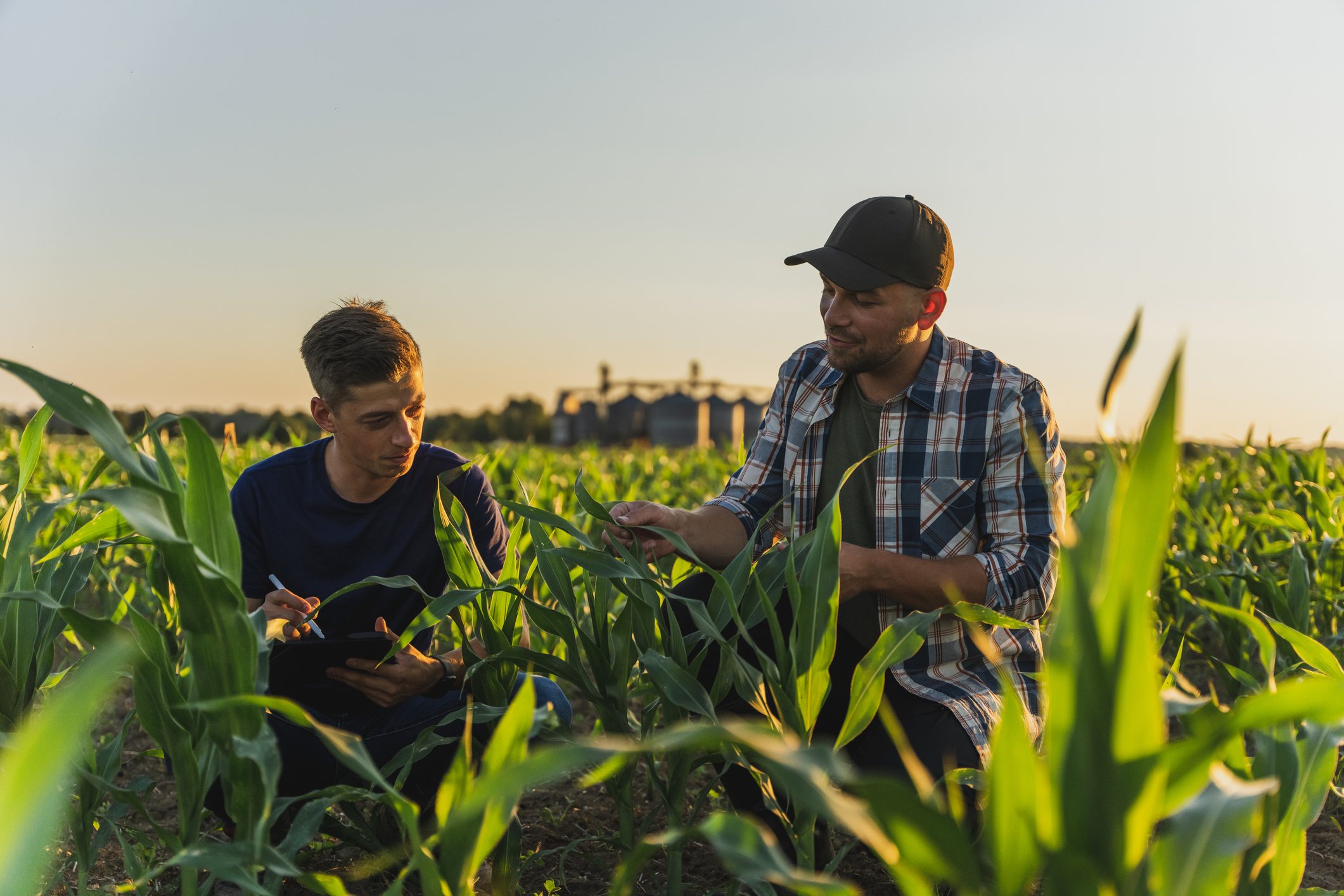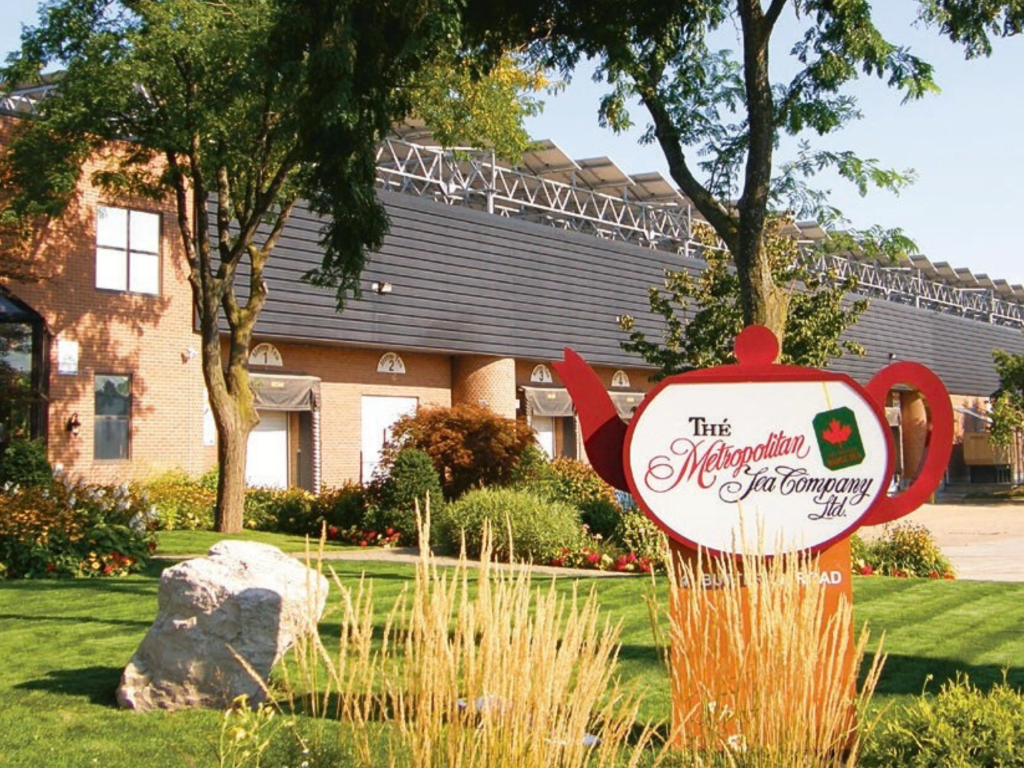Published April 26, 2024 • 6 Min Read
For all the advances witnessed in the array of data available to Canadian agriculture, particularly in crop production, some are still disappointed in how well the information is being used.
For as long as there has been food production, there has been data. From the notebook and pencil in the shirt pocket tracking crop yield, input costs and weather, to the auto-generated data available on most farm machinery – information is available to measure, evaluate and ultimately improve agricultural productivity and profitability.
Robert Saik has thought a lot of data for decades. He grew up on a mixed farming operation in northeastern Alberta, studied agriculture at the University of Alberta and bought his first computer in the early 1980s. “I was always interested in finding a way to connect the dots using technology,” say Saik, professional agrologist, veteran entrepreneur, agricultural consultant and author.
For all the advances he’s witnessed in the array of data available to Canadian agriculture, particularly in crop production, he doesn’t hide his disappointment in how well the information is being used.
“I would have to say that I’m relatively disappointed with how data is being leveraged in agriculture,” says Saik. “There is a lot of data, but it’s scattered. There is weather station data, and information on soil, moisture, grain bins, fertilizer and chemicals – but it’s not connected.”
This disparate data, as Saik categorizes it, is a big gap.
Saik admits that when he began building an aggregate solution to manage data with his first company Agri-Trend – perhaps one of the first online ag data companies – he believed they could build one data platform that would work for everything and everyone. But while interoperability of data is still a real challenge – the effective sharing and integration of data from different sources, especially farm machinery – he is seeing some opportunities emerge.
Hope on the horizon
Collaboration and integration of data can be an interesting challenge in agriculture, an industry that is inherently entrepreneurial. So how do we connect data and who’s going to help make that happen?
Saik points to an interesting new career path that’s emerging around data – farm technology integrators – with certificate programs being offered at some ag colleges in Canada.
“I think that extracting information from different data sources, and pulling them into a system – regardless of where it was sourced – is how we can start to make sense of data and make use of it,” says Saik. “That’s what these farm technology integrators or interpreters will be able to do at the farm level.”
To illustrate the critical need to coordinate data, Saik shares the story from years ago when he was trying to hook up cultivator hydraulics to a different brand of tractor hydraulic. The mismatch created a messy spray of hydraulic oil because there was no adaptor to unite the two parts.
“We’re covered in digital hydraulic oil today,” he says. “There’s no shortage of data but it doesn’t connect and the possibility for interoperability is a real challenge.”
What data can do
While Saik shares his disappointment at how effectively, or not, agriculture is using data, he’s also quick to rhyme off opportunities that come when we learn how to harness the power of information to advance agriculture.
The consumer connection is an obvious one where data can be used to track and prove sustainability in food production.
“We can look at soil health, water use efficiency, greenhouse gas balance and farm viability, using data to measure and demonstrate something we might call a farm’s sustainability index,” says Saik. “Stacking those meaningful metrics up could be a way to prove to the consumer how sustainable our farms are.”
Having real-time financial information on a farming operation is another big opportunity Saik sees for data. “If we could have more pragmatic information available so that your smart phone could alert you where you are as the year progresses to be able to make better informed decisions.”
At the heart, it’s about what is important for any individual farm operation to measure that’s meaningful and will help with real-time management throughout the year whether that’s managing cash flow in real time or making marketing decisions as market or weather conditions change.
Connecting the dots
When he considers the trends or opportunities for data down the road, Saik sees three main areas for agriculture – sustainability, the greenhouse gas market and transparency. “Can you track your sustainability – and what does that mean? How can you use data in the carbon market? And what does the consumer want in terms of transparency in food production.”
There’s also the function of data to help agriculture receive recognition for the goods and services provided for all citizens including greenhouse gas emission removal and reduction.
The next wave for Saik is how we use AI – augmented intelligence as he likes to call it – to create extra value from data. His latest business venture, visorPRO®, is launching into the farm equipment dealership space to expedite service and technical department requests. “I’m really interested in uncorking the potential of data by tying it to AI – I think that’s a big deal.”
There is a tremendous amount of data available on the farm. Some of it is being used well when it comes to grain storage, auto steer and GPS. And some could use a boost, according to Saik. “We’re still collecting soil samples the same way we did 40 years ago – driving around a field with a probe and sending samples to a lab analysis. There’s got to be better way using technology that’s available.”
For farms not sure how to make better use of information that’s likely already being gathered on the farm – and transform and translate it into something actionable – Saik keeps his advice simple.
“Find somebody who’s interested in pulling all your sources of data together and hire them,” he says. “Or maybe offer your farm up as a research or experimental project, providing data to help you make sense and good use of data.”
This article is intended as general information only and is not to be relied upon as constituting legal, financial or other professional advice. A professional advisor should be consulted regarding your specific situation. Information presented is believed to be factual and up-to-date but we do not guarantee its accuracy and it should not be regarded as a complete analysis of the subjects discussed. All expressions of opinion reflect the judgment of the authors as of the date of publication and are subject to change. No endorsement of any third parties or their advice, opinions, information, products or services is expressly given or implied by Royal Bank of Canada or any of its affiliates.
Share This Article






